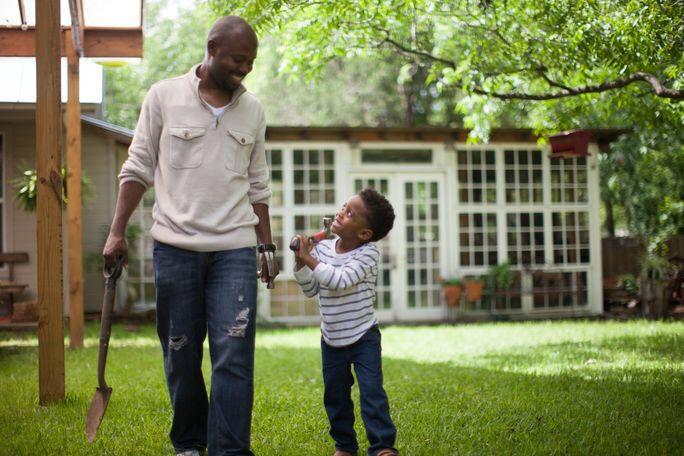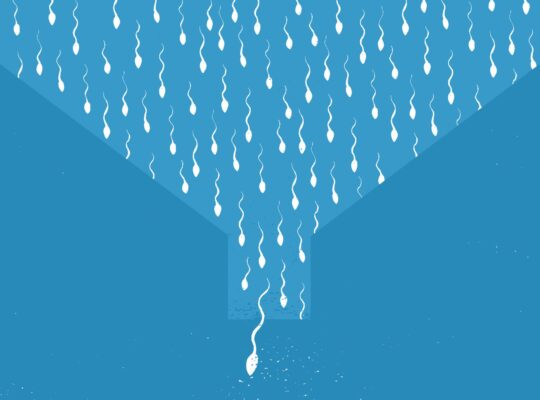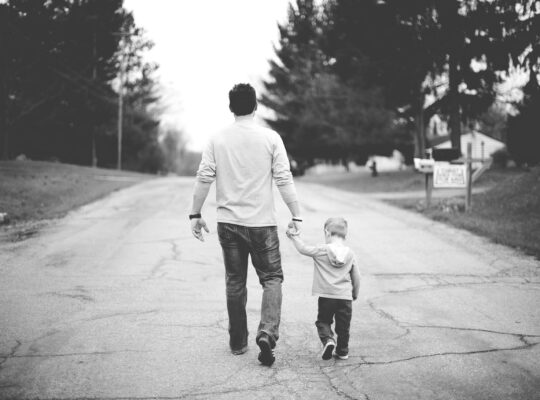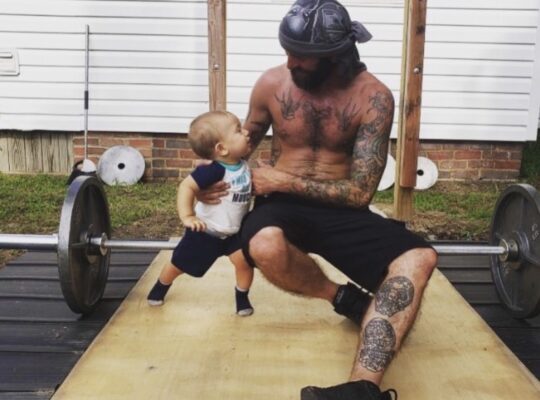We all know that ladies with daddy issues end up lacking moral fiber, but what are the true statistics behind it all? Digging a bit deeper into the importance of having a Dad in the household, here’s what we’ve found:
FATHERLESS STATS
- 23.6% of US children (17.4 million) lived in father absent homes in 2014.
[US Census Bureau, 2015] Living arrangements of children under 18 years and marital status of parents, by age, sex, race, and hispanic origin and selected characteristics of the child for all children: 2014. Washington, D.C.: U.S. Census Bureau.
Translation: 1 out of 4 kids live in a fatherless home.
- In 2011, children living in female-headed homes with no spouse present had a poverty rate of 47.6%. This is over four times the rate for children living in married couple families.
[Source: U.S. Department of Health & Human Services (2012). Information on poverty and income statistics: A summary of 2012 current population survey data. Retrieved from: http://aspe.hhs.gov/hsp/12/PovertyAndIncomeEst/ib.cfm]
 Translation: Fatherless homes are 4x more likely to be living in poverty.
Translation: Fatherless homes are 4x more likely to be living in poverty.
- A study of 1,397,801 infants in Florida evaluated how a lack of father involvement impacts infant mortality. A lack of father involvement was linked to earlier births as well as lower birth weights. Researchers also found that father absence increases the risk of infant mortality, and that the mortality rate for infants within the first 28 days of life is four times higher for those with absent fathers than those with involved fathers. Paternal absence is also found to increase black/white infant mortality almost four-fold.
Translation: Babies without fathers have a higher chance of premature birth, and are more likely to die as infants.
[Source: Alio, A. P., Mbah, A. K., Kornosky, J. L., Wathington, D., Marty, P. J., & Salihu, H. M. (2011). Assessing the impact of paternal involvement on Racial/Ethnic disparities in infant mortality rates. Journal of Community Health, 36(1), 63-68.]
- A study of 263 13- to 18-year-old adolescent women seeking psychological services found that the adolescents from father-absent homes were 3.5 times more likely to experience pregnancy than were adolescents from father-present homes. Moreover, the rate of pregnancy among adolescents from fatherabsent homes was 17.4% compared to a four (4) percent rate in the general adolescent population.
Translation: 13-18 year old girls without dads are way more likely to have a teen pregnancy.
[Source: Lang, D. L., Rieckmann, T., DiClemente, R. J., Crosby, R. A., Brown, L. K., & Donenberg, G. R. (2013). Multi-level factorsassociated with pregnancy among urban adolescent women seeking psychological services. Journal of Urban Health, 90, 212-223.]

- A study of 1,618 Latina high school students found that lower perceived father support is a predictor of suicidal ideation and behavior.
Translation: Kids without dads are more prone to suicidal thoughts and behaviors.
[Source: De Luca, S. M., Wyman, P., & Warren, K. (2012). Latina adolescent suicide ideations and attempts: Associations with connectedness to parents, peers, and teachers. Suicide and Life-Threat Behavior, 42, 672-683.]
- Disengaged and remote interactions of fathers with infants is a predictor of early behavior problems in children and can lead to externalizing behaviors in children as early as age 1.
Translation: Newborns lacking interactions with their dads usually have behavioral issues later on.
[Source: Ramchandani, P. G., Domoney, J., Sethna, V., Psychogiou, L., Vlachos, H. and Murray, L. (2013). Do early father–infant interactions predict the onset of externalising behaviours in young children? Findings from a longitudinal cohort study. Journal of Child Psychology and Psychiatry, 54, 56–64.]
- Researchers using secondary data from the Interuniversity Consortium for Political and Social Research examined gun carrying and drug trafficking in young men, linking father absence to the likelihood of engaging in these behaviors. Results from a sample of 835 juvenile male inmates found that father absence was the only disadvantage on the individual level with significant effects on gun carrying, drug trafficking, and co-occurring behavior. Individuals from father absent homes were found to be 279% more likely to carry guns and deal drugs than peers living with their fathers.
Translation: kids without dads are extremely more likely to get involved with drug dealing and violent behavior.
[Source: Allen, A. N., & Lo, C. C. (2012). Drugs, guns, and disadvantaged youths: Co-occurring behavior and the code of the street. Crime & Delinquency, 58(6), 932-953.]

- A study of the relationship between father absence and lower educational attainment for African American females found that a longer duration of father absence is a predictive factor for lower educational success. Researchers discovered that longer duration of father absence often leads to lower income and family economic stress, which puts young women at risk for lower educational achievement.
Translation: Black girls without dads usually don’t perform well in school.
[Source: Gillette, M. T., & Gudmunson, C. G. (2014). Processes linking father absence to educational attainment among african american females. Journal of Research on Adolescence, 24(2), 309-321.]
- Children with negative attitudes about school and their teachers experienced avoidance and ambivalence with their fathers. On the other hand, children with a secure attachment to their father and whose father was involved had a higher academic self-concept. The father-child attachment was more associated with the child’s social-emotional school outcomes than their academic achievement.
Translation: When dads are involved and supportive of education, kids feel good about going to school.
[Source: Newland, L., Chen, H., & Coyl-Shepherd, D. (2013). Associations among father beliefs, perceptions, life context, involvement, child attachment and school outcomes in the U.S. and Taiwan. Fathering, 11, 3-30.]
- Father involvement is related to positive cognitive, developmental, and socio-behavioral child outcomes, such as improved weight gain in preterm infants, improved breastfeeding rates, higher receptive language skills, and higher academic achievement.
Translation: Newborns with present Dads develop better than ones without.

[Source: Garfield, C. F., & Isacco, A. (2006). Fathers and the well-child visit, Pediatrics, 117, 637-645.
11. Fifty-five (55.2) percent of WIC recipients are raised by single-mothers, 48.2% of all Head Start recipients are from father-absent homes, and 37% of public assistance and Section 8 housing are female-headed households.
Translation: Homes without fathers have a hard time making ends meet, and rely on the government for help.
[Source: Nock, S.L, Einolf, C.J. (2008). The one hundred billion dollar man: the annual public costs of father absence. Germantown, MD: National Fatherhood Initiative.]
– Your Big Bro

















